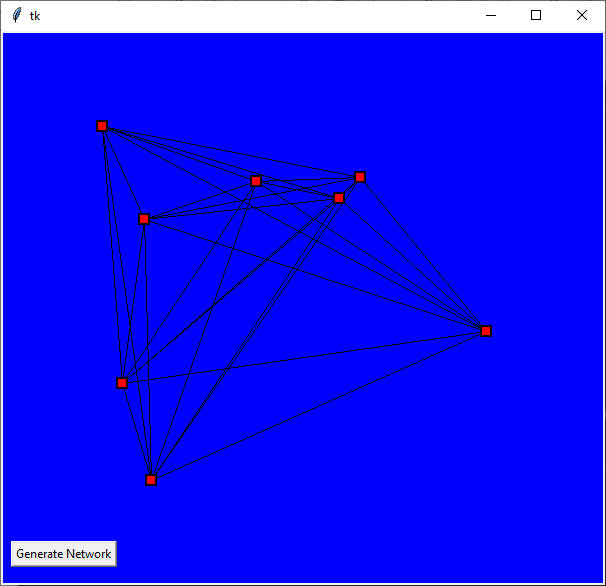| The Minimum Spanning Tree - Prim's Algorithm In Python |
| Written by Mike James | |||||||||||
| Thursday, 05 October 2023 | |||||||||||
Page 4 of 4
ListingThe complete listing is: import tkinter size = 8 class Point: Pos = [] def distance(a, b): def showNetwork(canvas, Network): def setnet(canvas): def closest(n, included, excluded): def prims(): button.place(x=10, y=height-40) |
Disk Drive Dangers - SMART and WMI Getting access from an application to the hardware is never easy. If you want to know how well your disk drive is performing then there is a way of accessing the SMART data - including the temper [ ... ] |
SNTP Time Class SNTP is a network protocol for obtaining an accurate time and it is an interesting exercise to build an SNTP client. In this article the language used is C# but it is easy enough to generalise to a la [ ... ] |
| Other Projects |
jaz - Faster Java For The Cloud 19/06/2025 Microsoft has just released jaz, a JVM launcher optimized for Azure that promises to speed up your cloud-based applications. |
Turing Papers At Auction 08/06/2025 Alan Turing's personal copy of his PhD dissertation and an original offprint of "On Computable Numbers" together with a loose-leaf copy of his portrait photograph that bears his signature are th [ ... ] |
More News
|
Comments
or email your comment to: comments@i-programmer.info

